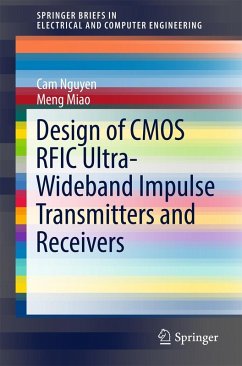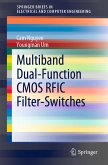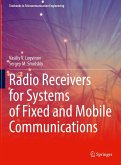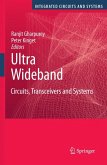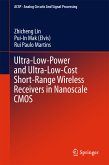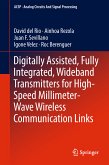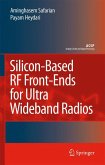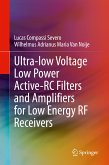The book comprises seven chapters. The first chapter gives an introduction to UWB technology and outlines its suitability for high resolution sensing and high-rate, short-range ad-hoc networking and communications. The second chapter provides the basics of CMOS RFICs needed for the design of the UWB RFIC transmitter and receiver presented in this book. It includes the design fundamentals, lumped and distributed elements for RFIC, layout, post-layout simulation, and measurement. The third chapter discusses the basics of UWB systems including UWB advantages and applications, signals, basic modulations, transmitter and receiver frontends, and antennas. The fourth chapter addresses the design of UWB transmitters including an overview of basic components, design of pulse generator, BPSK modulator design, and design of a UWB tunable transmitter. Chapter 5 presents the design of UWB receivers including the design of UWB low-noise amplifiers, correlators, and a UWB 1 receiver. Chapter 6
covers the design of a UWB uniplanar antenna. Finally, a summary and conclusion is given in Chapter 7.
Dieser Download kann aus rechtlichen Gründen nur mit Rechnungsadresse in A, B, BG, CY, CZ, D, DK, EW, E, FIN, F, GR, HR, H, IRL, I, LT, L, LR, M, NL, PL, P, R, S, SLO, SK ausgeliefert werden.

